Professional introduction letter template
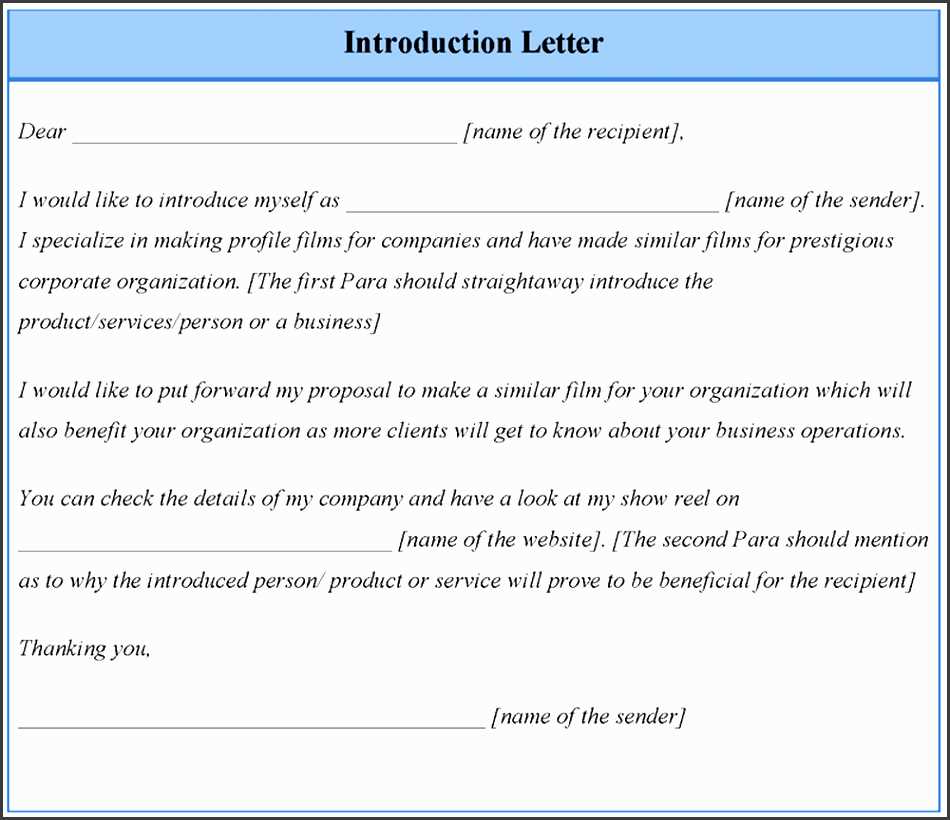
A strong introduction letter can set the tone for a lasting professional relationship. A well-crafted letter serves as your first impression and establishes credibility, whether you’re introducing yourself, your company, or a service. It’s not just about providing basic details, but about showcasing your value to the recipient in a clear and concise manner.
Begin by stating your purpose. Open with a direct approach, making it clear why you’re writing and how your introduction aligns with the recipient’s interests or needs. Include specific information that highlights your qualifications, experience, or services. This builds trust and shows that you understand the recipient’s priorities.
Follow with a brief, personalized message that connects on a human level. Acknowledge something specific about the recipient’s business or role that reinforces your relevance. This shows attention to detail and can help foster a connection. Keep your tone professional yet approachable to encourage further engagement.
Conclude with a call to action. Clearly state how you would like to move forward, whether that’s arranging a meeting, further correspondence, or another action. Offer flexibility and ensure the recipient knows how to respond easily. Don’t forget to express gratitude for their time and consideration.
By structuring your introduction letter with these elements, you’ll ensure it’s not just informative but impactful, leaving a positive impression that drives meaningful conversations forward.
Crafting the Opening Paragraph
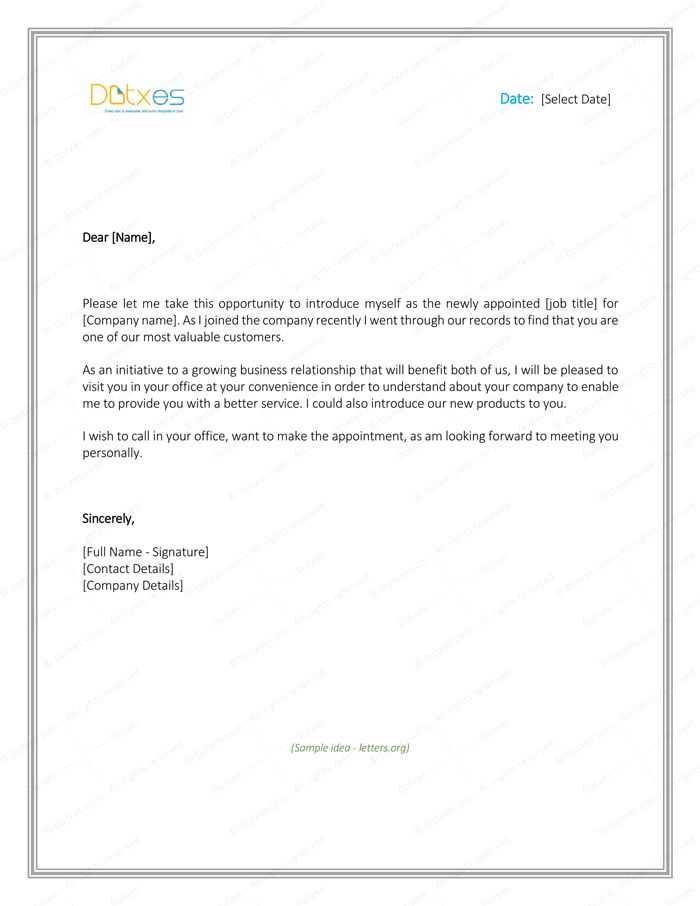
Open with a clear statement of purpose. State the reason for writing in a concise manner. Make it clear who you are and what you bring to the table. This sets the tone and helps the reader immediately understand the intent of the letter.
Avoid unnecessary background information. Focus on the most relevant details and make a strong first impression. Keep the introduction brief and to the point, allowing the reader to easily grasp your message.
Position yourself effectively by mentioning any shared connections or previous conversations. If applicable, reference how you came across the recipient’s information or how you were introduced. This can create a personal touch while maintaining professionalism.
End the paragraph by outlining the specific purpose of your letter, whether it’s to request a meeting, offer collaboration, or explore an opportunity. Give a clear call to action or next step to guide the reader forward.
Highlighting Your Professional Background
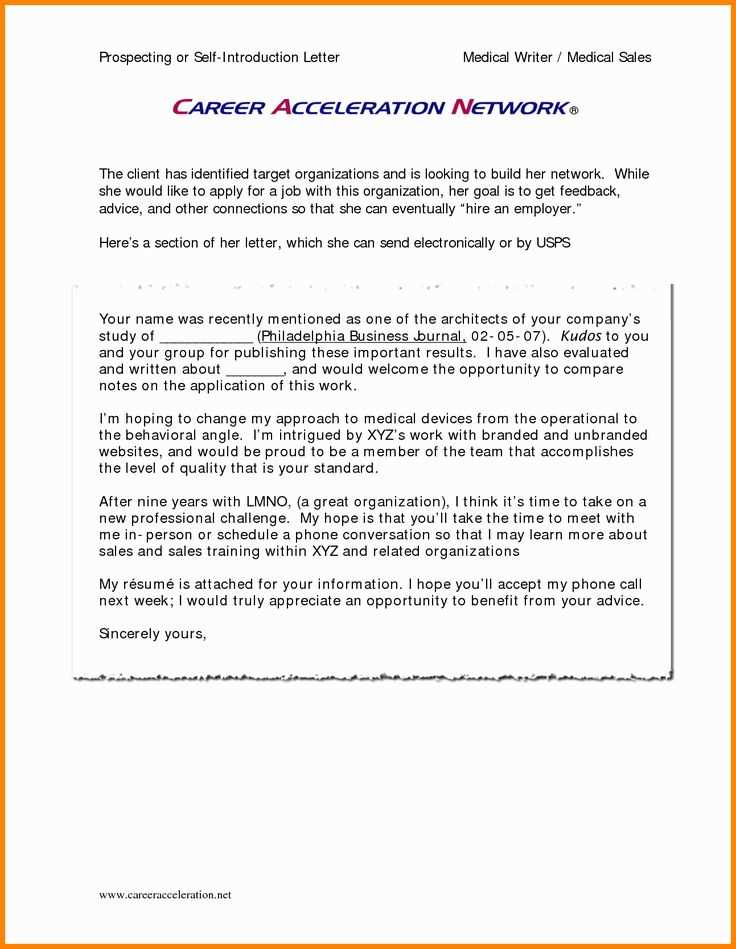
Clearly outline your key achievements and areas of expertise. Focus on specific roles you have held, the skills developed, and how you contributed to the success of past projects. Provide measurable outcomes wherever possible, such as increased revenue, improved efficiency, or enhanced customer satisfaction.
Detail any certifications, advanced training, or specialized knowledge that adds value to your profile. Be direct about your proficiency in specific tools, systems, or methodologies relevant to the job you are targeting. Tailor these details to match the needs of the position you’re applying for, demonstrating your alignment with the role’s demands.
Keep your descriptions concise yet impactful, ensuring that each point highlights a key strength. Avoid redundancy and focus on your most significant accomplishments that set you apart in your field. This approach allows the reader to quickly grasp your qualifications and understand the value you can bring to the team.
Demonstrating Value to the Recipient
Focus on how your skills or services address the recipient’s immediate needs. Start by clearly stating what you can offer and how it directly benefits their goals. For example, if applying for a job, show how your experience solves problems similar to those they face. If reaching out for business, highlight how your product or service helps improve their operations.
Tailor Your Message
Customize your letter to reflect the specific interests and challenges of the recipient. Research their company or role thoroughly. Mention recent achievements or initiatives they’ve undertaken and explain how you can contribute. Use specific examples to back up your claims, making your message more relatable and targeted.
Highlight Key Benefits
Make it clear how the recipient will benefit from what you bring to the table. Quantify your achievements wherever possible to add credibility. Whether it’s increasing revenue, reducing costs, or improving team efficiency, showing measurable outcomes reinforces the value you promise to deliver.
| Benefit | How It Helps the Recipient |
|---|---|
| Increased Efficiency | Streamlines processes, saving valuable time and resources |
| Cost Reduction | Helps lower operational expenses and improve profitability |
| Expertise | Provides advanced solutions tailored to the recipient’s challenges |
By clearly communicating how your actions or skills solve specific problems, you demonstrate your value in a way that is meaningful to the recipient.
Establishing a Personal Connection
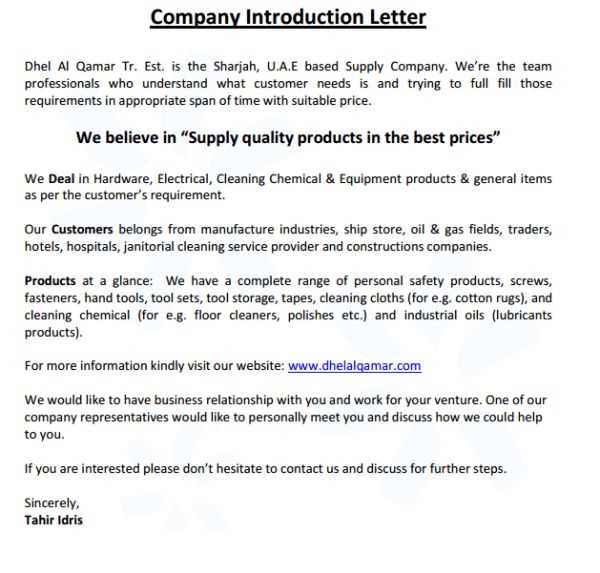
Begin by referencing something specific about the recipient. Mention mutual acquaintances, shared interests, or past interactions that relate directly to your purpose. Acknowledging these connections builds immediate rapport and demonstrates genuine interest in the person, not just their role or position.
Shift the conversation to your unique value or contribution. Highlight a personal experience or skill that aligns with their needs, using concrete examples to show how you can add value. Tailor your approach to demonstrate understanding of their current goals or challenges.
Conclude with a suggestion for next steps. Propose a brief meeting, call, or exchange to further discuss how you can collaborate. Keep it simple, leaving room for easy follow-up and signaling that you’re approachable and eager to engage.
Concluding with a Call to Action
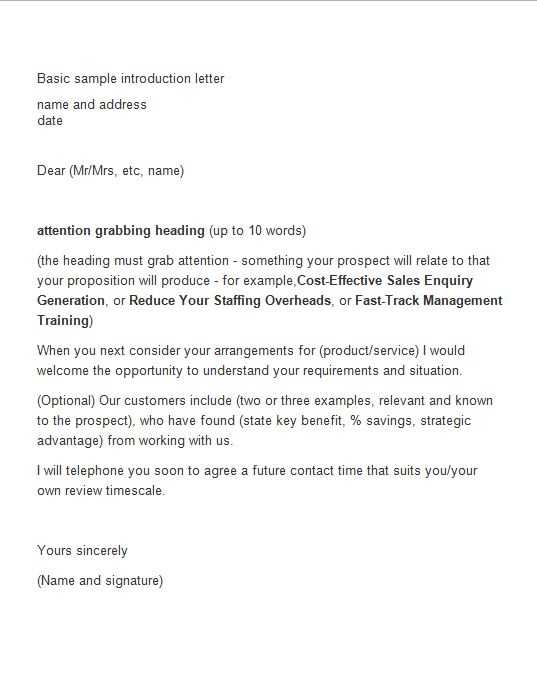
End your letter by inviting the recipient to take the next step. Be direct and clear about what you expect them to do. Use phrases like “I look forward to discussing this further with you” or “Please let me know how I can assist you in moving forward.” This shows your enthusiasm and prompts them to engage.
Offer your availability for a follow-up call or meeting. For example, “Feel free to reach out at your convenience to schedule a time.” By including an easy next action, you make it simple for the recipient to respond and keep the conversation going.
Close with a positive note, expressing your eagerness for a response. You can say, “I am excited to hear from you soon” or “Looking forward to your reply.” This reinforces your proactive approach and keeps the tone inviting and open.
Proofreading and Polishing Your Letter
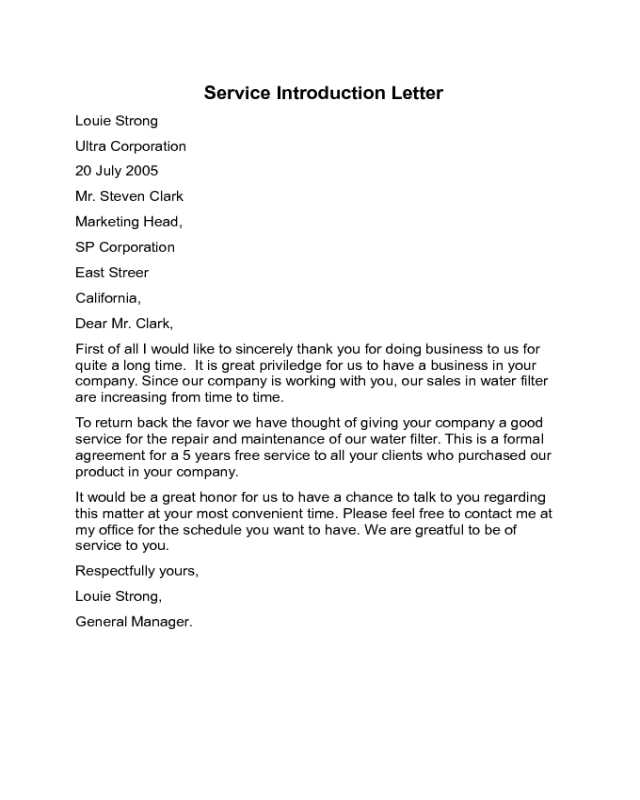
Focus on clarity and precision. Read your letter out loud to catch awkward phrasing or unclear sentences. This step helps ensure your message comes across as intended.
Check for Spelling and Grammar Errors
Use reliable tools for spelling and grammar checks, but don’t rely on them completely. Carefully read each sentence to spot any subtle errors that automated tools might miss. Pay attention to common mistakes like subject-verb agreement and punctuation misuse.
Refine Sentence Structure
- Avoid long, complex sentences. Break them into shorter ones for better readability.
- Ensure every sentence conveys a clear idea and purpose.
- Eliminate redundant phrases that don’t add value to the message.
By removing unnecessary words, your letter will appear more professional and easier to follow. A polished letter leaves a positive impression on the reader.